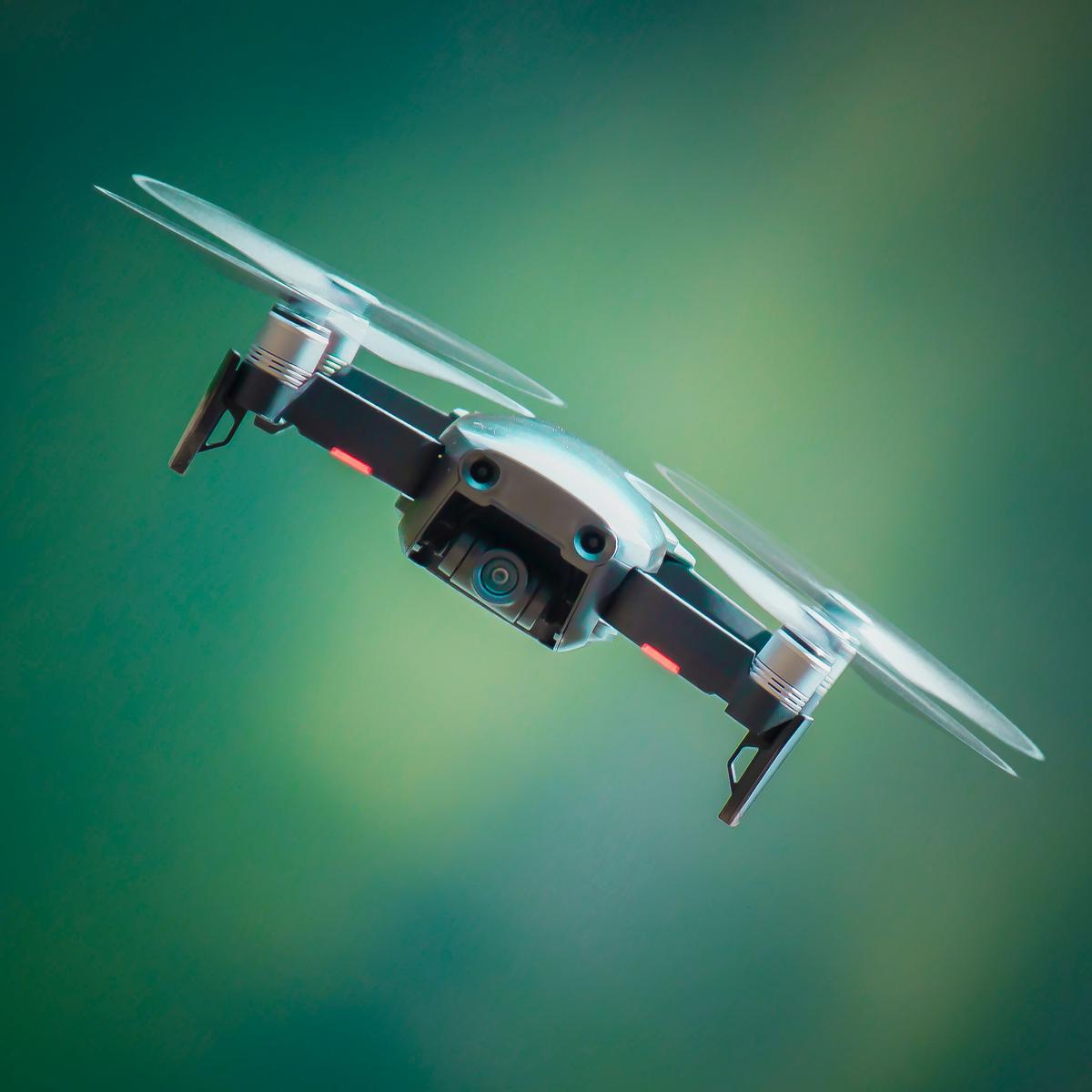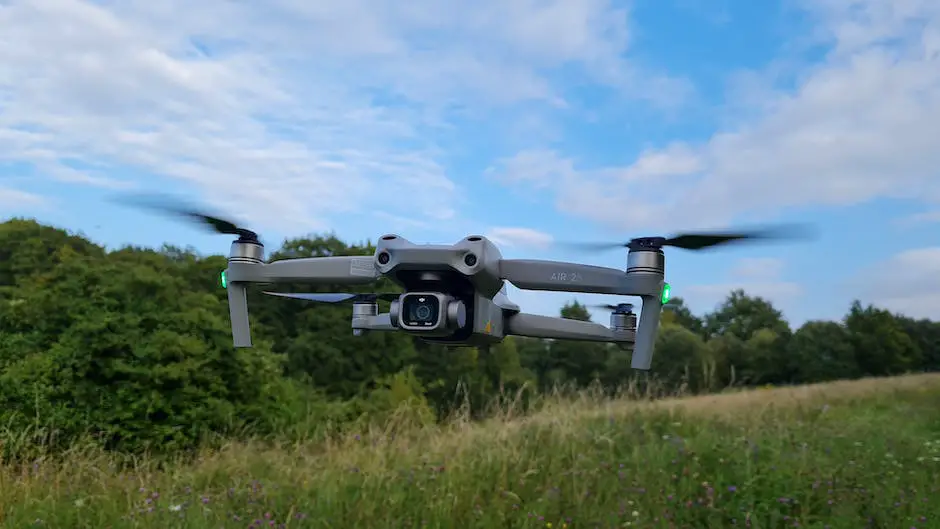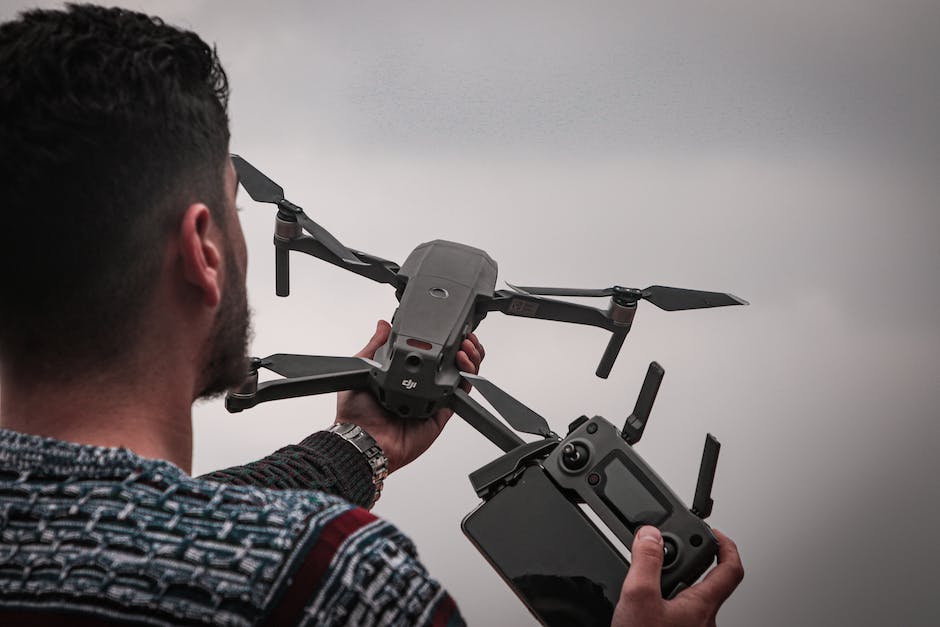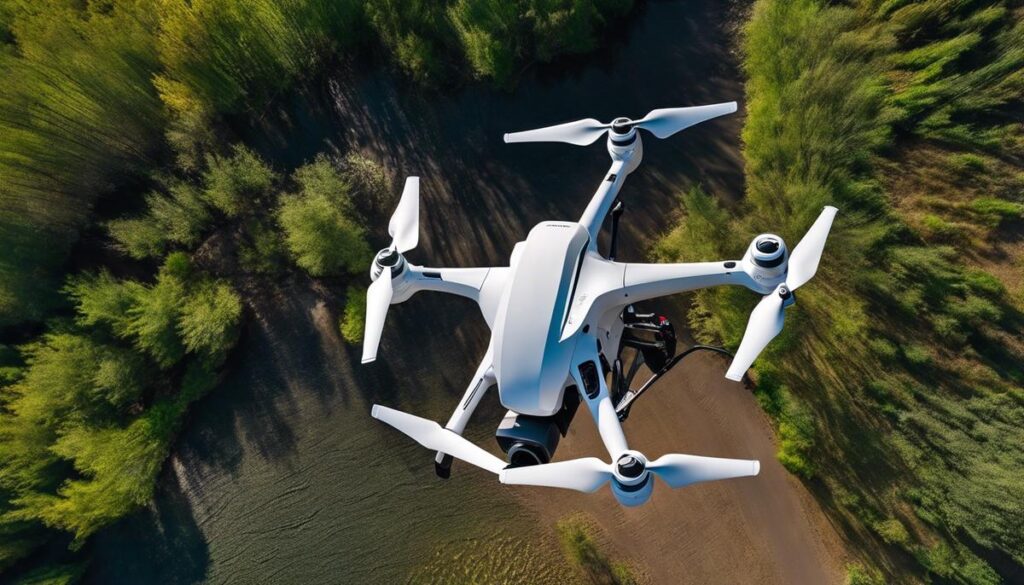As drone usage continues to soar in popularity, both enthusiasts and professionals alike must recognize the importance of proper insurance coverage. This article serves as a guide to help drone pilots navigate the complex world of drone insurance and understand the risks and liabilities involved in operating drones, as well as the potential consequences of flying uninsured.
Understanding the Need for Drone Insurance
As a drone pilot, understanding the need for drone insurance is crucial in order to protect yourself from potential risks and liabilities that come with operating your aircraft.
As drones continue to grow in popularity and are utilized for various recreational and professional purposes, accidents and damages involving these unmanned aerial systems (UAS) become more likely.
Drone insurance coverage can offer peace of mind for operators, as it provides financial protection against damages to the drone itself, as well as third-party property damage and bodily injury caused by a drone accident.
Liability coverage is especially important for drone pilots, as the responsibility for any accidents caused by their UAS falls on them. In the event of an accident, a drone operator may face legal action, which can result in costly legal fees and settlements.
With the right drone insurance, pilots are protected from bearing the full brunt of these expenses. Additionally, many clients hiring drone services require proof of insurance before the drone operator is allowed on site.
Therefore, having the necessary insurance not only provides protection but also allows the pilot to showcase their professionalism and reliability.
Drone insurance is crucial not only for liability reasons, but also for coverage of non-liability issues such as hull damage, equipment failure, and theft or loss of the drone. These protections are important since drones can be expensive pieces of technology, with repair or replacement costs potentially running into the thousands of dollars.
As a result, comprehensive drone insurance is an essential investment for ensuring a financially secure future for drone pilots and maintaining their reputation within the industry.

Photo by jonlampel on Unsplash
Types of Drone Insurance
In addition to the value of comprehensive coverage, drone pilots should also explore liability insurance. This type of policy is designed to protect pilots against any damages they may cause to third parties while operating their drone. For instance, if a drone crashes, injuring a person or damaging property, liability coverage would help cover the legal and medical expenses resulting from the incident. Acquiring this type of insurance is crucial for pilots, as it offers the financial protection needed in case of an accident and ensures that their personal assets remain safe from harm.
Another key type of drone insurance available for pilots is hull coverage, which specifically covers the drone itself. Hull coverage is useful in cases where the drone is damaged due to accidents, theft, or adverse weather conditions. Under this policy, the insurance company will typically help cover the costs associated with repairing or replacing the damaged drone. This can be especially vital for pilots who have invested significant amounts of money into their drone equipment, as it provides financial protection and peace of mind that their investment is protected.
As a drone pilot enthusiast, it’s important to have a strong understanding of drone insurance options, especially when it comes to payload coverage. This type of insurance is specifically designed to protect the valuable equipment and devices that are mounted on a drone, such as high-end cameras, sensors, and other professional equipment. In situations where this payload is damaged due to a crash or unforeseen event, payload coverage steps in to cover the expenses associated with repairing or replacing these items. Pilots working in industries like film, photography, or agriculture often rely on this coverage, as they regularly transport valuable equipment on their drones. Ensuring you have the right type of insurance is crucial for any pilot looking to protect their investments and mitigate potential risks.

Factors Affecting Drone Insurance Costs
Another aspect to consider when it comes to drone insurance is the cost, which can be influenced by various factors, such as the type of drone being insured. Generally, larger and more expensive drones will have higher insurance premiums due to their increased potential for causing damage or loss. Drones with advanced capabilities, like GPS tracking or automated flight systems, may also be pricier to insure because their repair or replacement costs are higher. By evaluating these factors and understanding the different types of drone insurance available, you can make a well-informed decision as a drone pilot looking to safeguard your investment and minimize risk while operating your drone.
The intended use of the drone can also impact the cost of insurance. For instance, if the drone is being utilized for commercial purposes, such as aerial photography or property inspection, the associated risks are typically higher than if the drone is being used for recreational purposes. As a result, commercial drone insurance policies often come with higher premiums. Similarly, the frequency of use can also affect insurance costs, with more frequent users incurring higher premiums due to the increased likelihood of accidents or incidents occurring.
For enthusiasts or hobbyists looking to become skilled in drone insurance for pilots, understanding the factors that influence insurance costs is important. Flight experience and additional safety features installed on the drone can play a significant role in determining the cost of drone insurance. Pilots with more flight experience, particularly those with formal training or certifications, may be able to secure lower insurance premiums due to their demonstrated proficiency in drone operation. In addition, drones with safety features like obstacle avoidance sensors or automatic return-to-home functions may qualify for lower premiums, as these features can help mitigate the risk of accidents or losses during flight.

Choosing the Right Insurance Provider
When connecting the dots to find the most suitable insurance provider for drone pilots, it’s crucial to consider the company’s reputation. Conducting research on the experiences of other drone pilots with various insurance providers can offer valuable insights into the quality of coverage and services provided. Reading reviews will help you identify any potential issues, such as claim denials, poor customer service, or hidden fees. Moreover, examining the financial strength and stability of the insurance provider will ensure that you select a reliable and trustworthy partner to protect against the potential risks associated with drone operations.
Examining the coverage options is another important factor in finding the right insurance provider for drone pilots. While many providers offer similar coverage options, such as liability, hull, and payload coverages, it is essential to consider any specific needs or requirements based on your drone operations. This may include endorsements for night operations, flying over water, or other unique scenarios. Furthermore, consider whether the insurance provider offers on-demand coverage, which allows for more flexibility by providing coverage based on actual flight times, or if an annual policy better suits your needs.
Evaluating customer service and pricing should be a top priority when choosing an insurance provider for drone pilots. Look for providers that are responsive, easy to work with, and transparent about policy terms and conditions. Additionally, the insurer should offer competitive pricing that aligns with the level of coverage needed. Comparing quotes from multiple insurance providers can help you find the most suitable option for your budget while still ensuring comprehensive coverage for your drone operations. Keep in mind that the cheapest option may not always provide the best value, so weigh the benefits and drawbacks of each insurance provider before making a decision.

Insurance Requirements for Commercial Drone Operators
Commercial drone operators in the United States must comply with specific insurance requirements and regulations to protect their assets and potential liabilities arising from their operations. A crucial requirement is that drone insurance must meet or exceed the minimum liability coverage recommended by the Federal Aviation Administration (FAA). The FAA advises a minimum coverage of $1 million in liability insurance for commercial drone operators, which helps safeguard operators against significant financial loss in case of an accident or property damage resulting from their drone operations.In addition to the minimum coverage requirements set forth by the FAA, commercial drone operators should also consider additional coverages that can offer more comprehensive protection for their businesses. Some of these coverages include hull insurance, which covers the drone itself in case of damage or loss, and payload insurance, which provides protection for any specialized equipment or sensors attached to the drone during operations. Commercial drone operators may also want to consider non-owned drone liability insurance, which could protect them should they contract with a third party to conduct a drone-related operation on their behalf.Understanding and acquiring the appropriate insurance coverage is a critical aspect of operating a commercial drone business. As an enthusiast or hobbyist, being knowledgeable about the necessary coverages can help safeguard your investment and minimize potential liabilities from accidents or damage caused by your aerial activities. Staying up-to-date on current regulatory requirements also helps operators maintain compliance with aviation authorities and provides a basis for understanding how evolving regulations may impact their insurance needs in the future.

Insurance Considerations for Hobbyist Drone Pilots
For hobbyist drone pilots, it’s essential to be aware of the unique insurance considerations and potential liabilities that come with operating these small unmanned aircraft systems. Although the requirements differ between commercial and hobbyist pilots, having a thorough understanding of the applicable coverages and acquiring the appropriate insurance plan can offer peace of mind and financial protection. Drone insurance typically provides liability coverage for property damage or bodily injury caused by the pilot’s drone. Even though it’s not mandatory for hobbyists, obtaining such protection is a smart choice to ensure safety and security in the event of an accident.One key aspect of drone insurance for hobbyists is understanding the differences between commercial and hobbyist coverage. Commercial drone insurance typically encompasses more extensive liability coverage amounts and may include coverage for the drone itself, also known as hull coverage. In contrast, hobbyist drone insurance generally offers lower liability coverage amounts and may not cover the drone itself. However, some insurance providers offer customizable policies that allow hobbyist pilots to select the level of coverage they desire. Be sure to research and compare different policies to find the most suitable one for your needs.Even as a hobbyist drone pilot, potential risks and hazards exist, such as collisions with other objects, mechanical failure, or even causing harm to individuals or properties. As a result, it’s important to consider the benefits of obtaining insurance, even though it’s not legally required for non-commercial pilots. Having insurance coverage not only provides financial protection in case of an accident but also demonstrates responsible drone operation. This can be particularly advantageous when using a drone in areas with specific permissions or regulations. In short, understanding your insurance options and investing in the right coverage can greatly enhance your enjoyment as a hobbyist drone pilot and offer peace of mind while operating your aircraft.

Managing Risks and Reducing Insurance Costs
A crucial element of drone insurance for pilots is managing risks and reducing insurance costs, which can be achieved through various methods. First and foremost, conducting regular maintenance of the drone ensures its safe and proper functioning. This includes routine checks of propellers, batteries, and motors, along with periodic inspections for any physical damages sustained during previous flights. By keeping the drone in optimal condition, pilots can decrease the likelihood of malfunctions and accidents, thereby lowering risk and subsequent insurance costs. In addition to regular maintenance, engaging in safety training programs is an effective method for drone pilots to manage risks and decrease insurance expenses. These training programs typically address topics like safe flying techniques, understanding and adhering to local regulations, airspace restrictions, and emergency procedures. By continually enhancing their knowledge and skills, pilots can minimize the chances of accidents or incidents that could result in costly insurance claims. Investing in extra safety features for the drone is yet another strategy for risk management and insurance cost reduction. This might involve installing collision avoidance systems or purchasing advanced GPS tracking devices, which can help avert accidents and deliver more accurate navigation. By doing this, pilots prove their dedication to safety and accident prevention, possibly leading to reduced premiums or discounts from insurance companies. Overall, adhering to these best practices can help drone pilots manage risks and lower their insurance costs, ensuring they are adequately protected while engaging in their hobby or profession.

Ultimately, making informed decisions on drone insurance can help protect pilots and their investments against unforeseen risks. By understanding the different types of coverage available, examining factors affecting insurance costs, and choosing the right provider, drone pilots can confidently and safely enjoy their hobby or profession. Moreover, adhering to insurance requirements for commercial operators and following best practices to manage risks and reduce costs can ensure a seamless and enjoyable flying experience for all.
Originally posted 2023-05-26 18:11:52.


